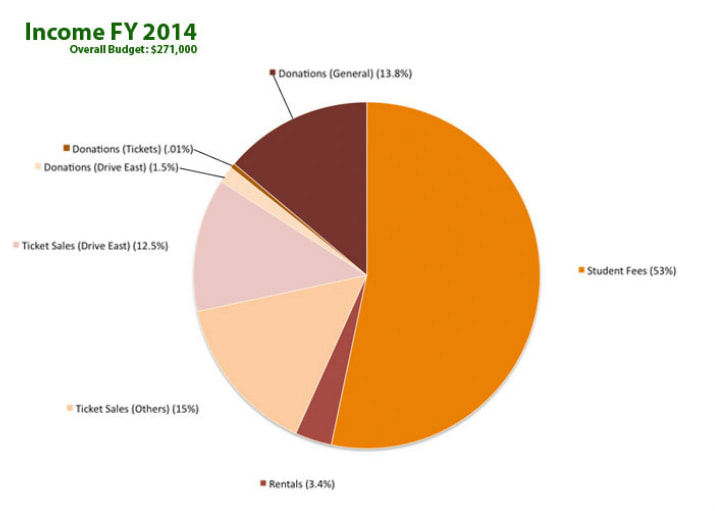|
2014 Milestones
70 discrete events (concerts, company performances, social gatherings etc.) Physical Audience Reach of ~8,000 New Studio Space of 2,000 sq. ft. Active Navatman School Students 160 Total Students Impacted (2010 - 2014) 550 Student Performances 12 Arangetram 1 Classes per Week 54 Total Reach through School 1,400 Workshops 4 Total Reach through Workshops 45 Social Events 3 Total Reach through Social Events 45 Navatman Concerts 39 Total Reach through Concerts 3,500 Navatman Dance Performances 14 Total Reach through Navatman Dance 2,700 Navatman Music Collective Performances 3 Total Reach through Navatman Music Collective 700 Media Partners 20 Press Coverage > 20 articles Community Supporters 200 Navatman Staff 4.5 Navatman Interns / Work-Study 4 Faculty 12 School Departments 7 By Umesh VenkatesanI have heard tennis players say that they pursued the sport because they were “ball hogs,” greedy of the limelight and the freedom an empty court affords. I suspect that many Indian performing artists feel likewise (bell hogs?), and in the case of some arts such as Bharatanatyam, why not? After all, the style originated and evolved as a solo form, with chief importance placed on a codified repertoire known as the margam (Sanskrit for “path”).
However, I was forced to reexamine this belief after working in New York City and with the Indian diaspora, catering to audiences spreading vastly beyond the predominantly Desi patrons in suburban auditoriums... By Sheila SarmaGrowing up in both the United States and India introduced me to a variety of music that I found exciting and inspiring.
My parents were among the first wave of Indian immigrants to settle down in Rochester, New York, and regularly hosted Carnatic musicians during their concert tour. Balamurali Krishna and N. Ramani were among the many artists who performed, and gave the community an opportunity to reconnect with their roots while introducing the younger generation to a part of our heritage. My family eventually moved back to India and I was fortunate to have Indian dance and music as part of the cultural landscape. My memories of music in Madras are vivid: learning vocal Carnatic music with my sister, visiting houses during Navaratri with music in the air, attending concerts during music season in December. I realize I had the best of both worlds growing up. Now, as a parent of two young boys in New York, I would love to ensure that my children will similarly have the best of what the world has to offer. My sons learn Mandarin, are well-versed in international soccer, and have visited many more countries than I had when I was their age. They are learning much from the world around them, and for this I am grateful. However, there is also the drawback of getting lost among the various activities, experiences, and environments... By Kamini DandapaniIn the pantheon of Hindu gods, music and dance are revered and relished. The Goddess Saraswathi, resplendent in white, plays divine music on her veena; the music of Krishna's flute is loved by man and animal alike; the earth-shaking power of Nataraja's cosmic dance, accompanied by the enchanting rhythms of the dhamaru drums, carries within it the forces of creation and destruction.
In the realm of mortals, this divine Carnatic music with its sublime poetry, soul-melting ragams and electrifying percussive structures has universal appeal that can be enjoyed at kutcheris, or concerts, in sabhas or auditoria around the world... |
AuthorWrite something about yourself. No need to be fancy, just an overview. ArchivesCategories |
© Navatman. All rights reserved.
Email: [email protected]
38 W 32nd st, 3rd floor
We do not have a phone :) please email us
Email: [email protected]
38 W 32nd st, 3rd floor
We do not have a phone :) please email us




 RSS Feed
RSS Feed